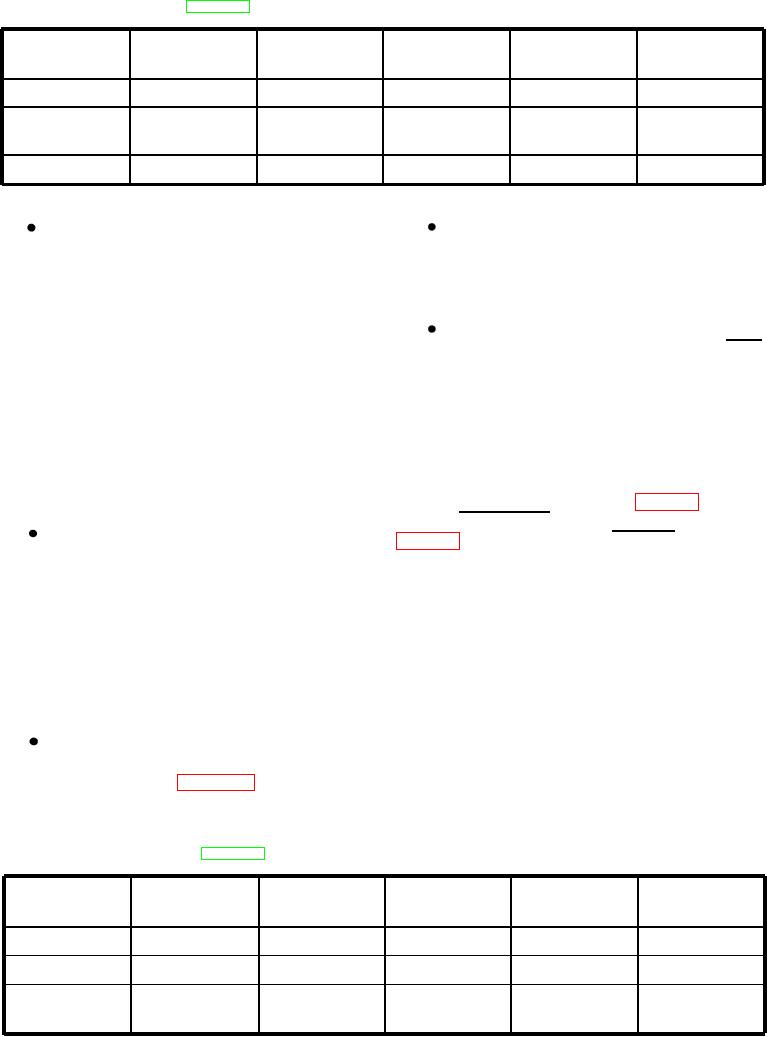
Table 4-1.--Synthetic-fiber-line Constructions and Characteristics
Breaking
Rotation Under
Abrasion
Rope
Cost
Stretch
Strength
Load
Construction
Three Strand
Medium
Good
Highest
LOW
Yes
High
High
Double
Good
LOW
No
Braided
Medium
Good
High
Medium
Plaited
No
Before you begin an operation using synthetic
Never continue to increase the load on a line after
line, determine the capacity of all the gear and
the rigs have been two-blocked or tightened.
fittings used with the line, such as blocks, pad
Many injuries and fatalities have occurred when
eyes, shackles, and line couplings, to ensure that
operators have not observed this rule.
their strength exceeds the minimum breaking
Be sure that a safety observer is posted in every
strength of the rope. Synthetic lines have higher
case where lines are being worked.
breaking strengths than equal sizes of manila
line. Since many of the fittings used in the fleet
Line Characteristics
were designed for natural-fiber line, they may
fail if used improperly with synthetic line.
Lines are classified by both their construction and
Where the substitution of synthetic-fiber line for
their material. The most common line constructions
manila line is authorized, NSTM, chapter 613,
currently used in the Navy are three-strand, double-
provides the appropriate guidance for the
braided, and plaited. The most common properties of
substitution.
the three constructions are shown in table 4-1. The most
common properties of the three materials are shown in
S y n t h e t i c line has poor knot-holding
table 4-2. You can use the information in these tables to
characteristics. Some knots that offer good
determine the construction and material needed for a
characteristics for securing manila line, such as
particular application.
the square knot, are not adequate for belaying or
If, for example, a line must be able to withstand
securing synthetic line. The bowline is one knot
abrasion (abrasion being the condition a line is
known to offer reasonable security when you are
subjected to in a chock or around a capstan head), the
bending together or securing synthetic line.
best choice is a three-strand nylon line. Notice that one
of the characteristics listed in the tables is stretch.
Regardless of the line fiber material, you must heed
Stretch is a misunderstood characteristic in synthetic
the following safety rules whenever you handle line:
line. In some applications of line, excessive stretch is a
Never stand in the bight of a line or in the direct-
disadvantage. In other applications, stretch is an
line-of-pull when the line is being pulled or
advantage. When a line is subjected to impact loading,
under tension. See figure 4-7 for examples of
as it is in towing, the more stretch the line has, the better
it can absorb impact.
Table 4-2.--Synthetic-fiber-line Materials and Characteristics
Rope
Breaking
Abrasion
Stretch
Cost
Strength
Material
toSunlight
Nylon
High
High
Good
Good
High
Low
Polypropylene
Fair
Medium
LOW
Medium
Medium
High
Best
Polyester
Least
Good
(Dacron)
4-6

